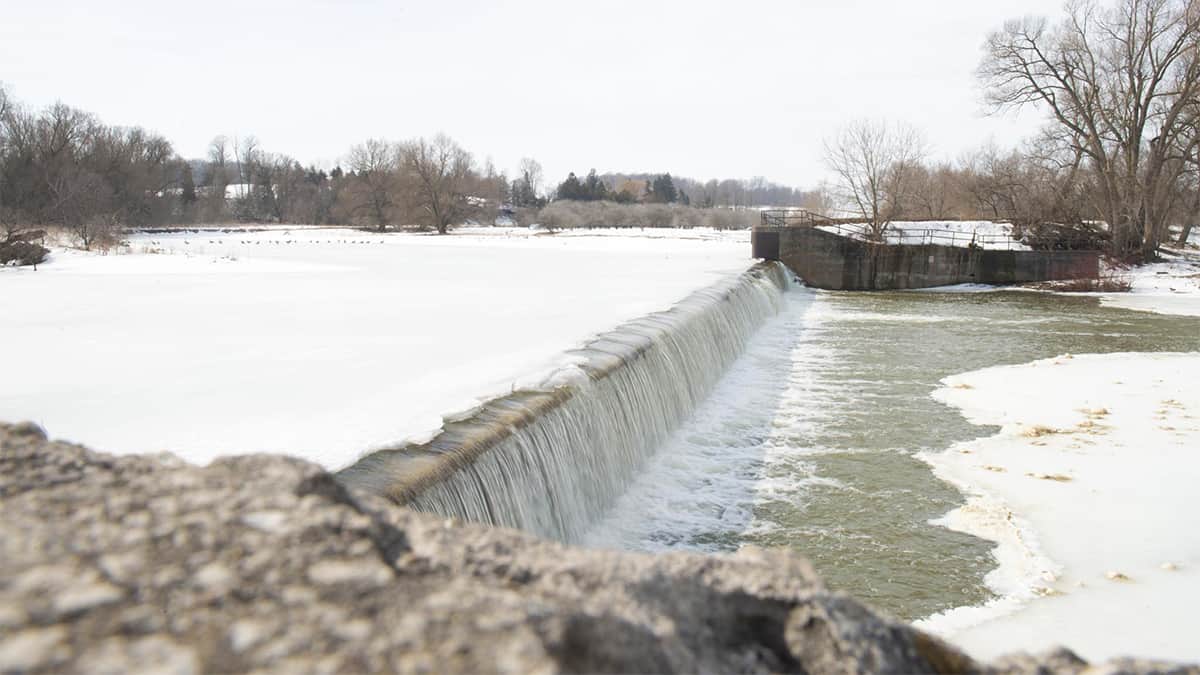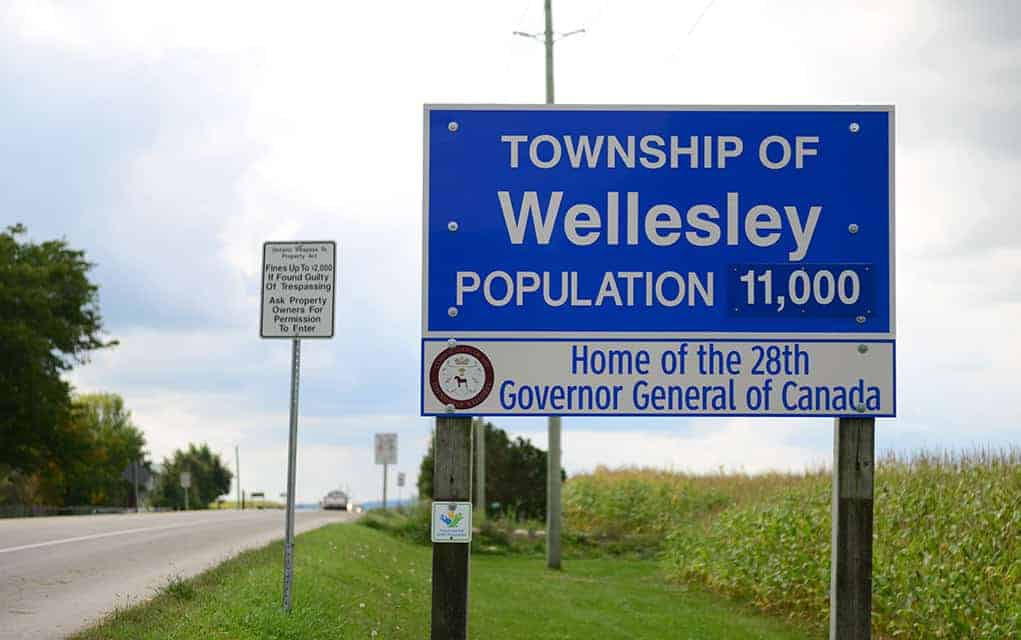No discussion about protecting water in the region would be complete without the cautionary tale of Elmira’s contaminated aquifers.
To tell that tale, long-time water activist Susan Bryant was a speaker at the Be Well: Our Water is Worth Protecting webinar held March 5.
Organized by Wilmot-based Citizens for Safe Ground Water (CSGW), the event also included presentations from Simon Courtenay, director of the School of Environment, Resources and Sustainability (SERS) at the University of Waterloo, and Theresa McClenaghan, executive director and counsel for the Canadian Environmental Law Association.
CSGW focuses on protecting groundwater, especially in relation to opposing the creation of gravel pits. Bryant said the message of her presentation – the only way to ensure our water is protected is to keep contaminants out – meshes well with what the organization is doing.
“My major point that was supported by our history is just once you have a specialty chemical contamination in an aquifer, it can’t be returned to its prior state. You can’t get it out. You can reduce it, you can manage it, but you can’t get it out. The most effective way to protect groundwater is to prevent contamination getting in, in the first place, which is what this little group is trying to do down there by opposing either all or parts of the proposal for the aggregate extraction,” said Bryant.
She’s been involved for decades in the Elmira aquifer issue since the discovery of toxic chemicals in the groundwater under the town, pollutants traced back to what was then the Uniroyal Chemical plant (subsequently Crompton, Chemtura and, now, Lanxess).
The plant has been using a pump-and-treat process to remove a pair of toxins – NDMA (nitrosodimethylamine) and chlorobenzene – from the former drinking water aquifers underneath Elmira. Discovery in 1989 of the carcinogenic NDMA precipitated the water crisis in Elmira, leading to the construction of a pipeline from Waterloo, which supplies the town with water to this day.
Bryant says she sees a revival of interest in the Elmira contamination, in part due to the release last year of documentary about the situation, Toxic Time Bomb.
“There certainly is a revival of interest in the Elmira situation, which is good because I think so many people think ‘that was so long ago, it’s all cleaned up, it’s all gone it’s finished as a problem,’ and it’s not. And I worry that some of us who lived through the crisis and are attending to monitoring the cleanup, as we go off to our eternal reward, there needs to be people who continue to keep an eye on it, because it makes a difference,” she said.









